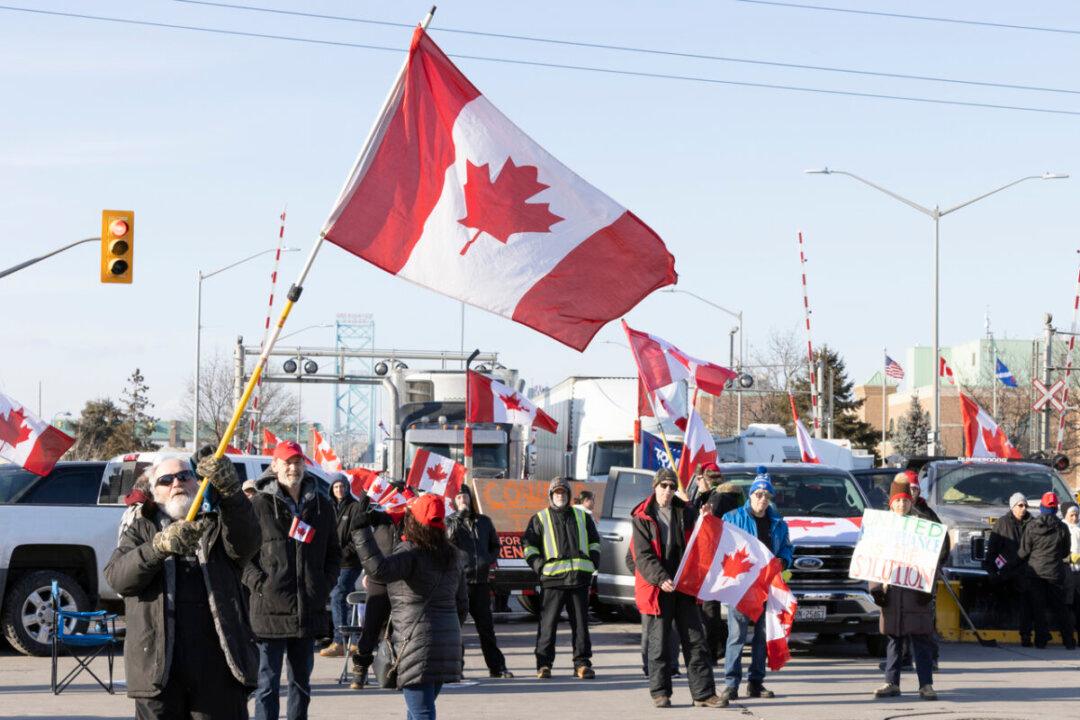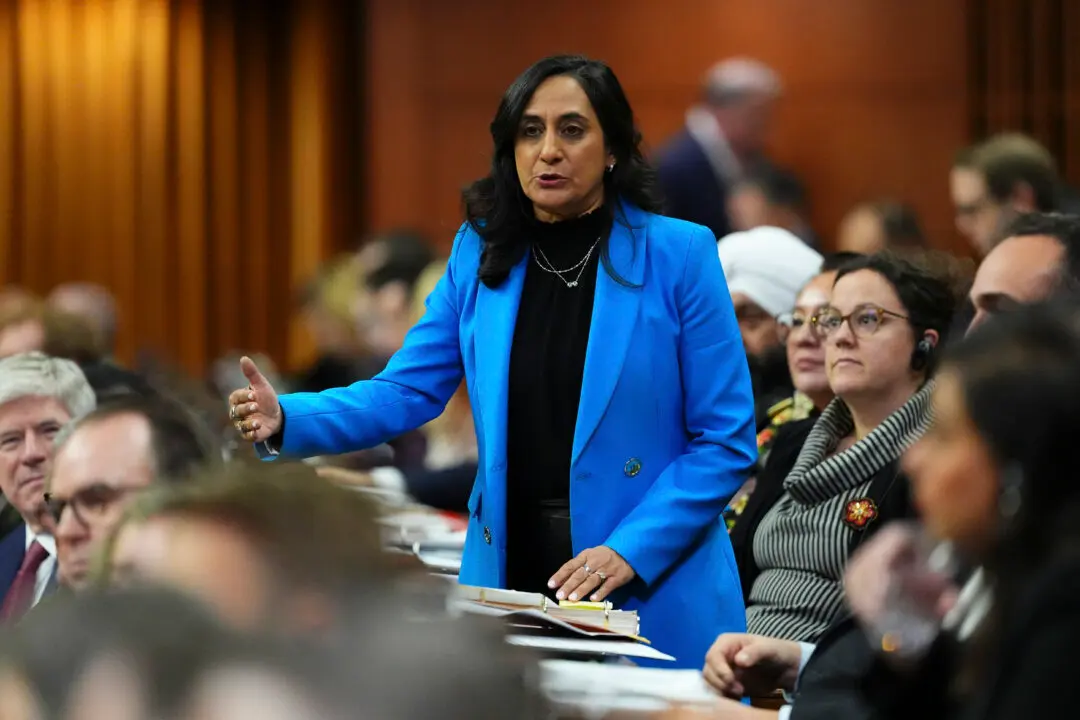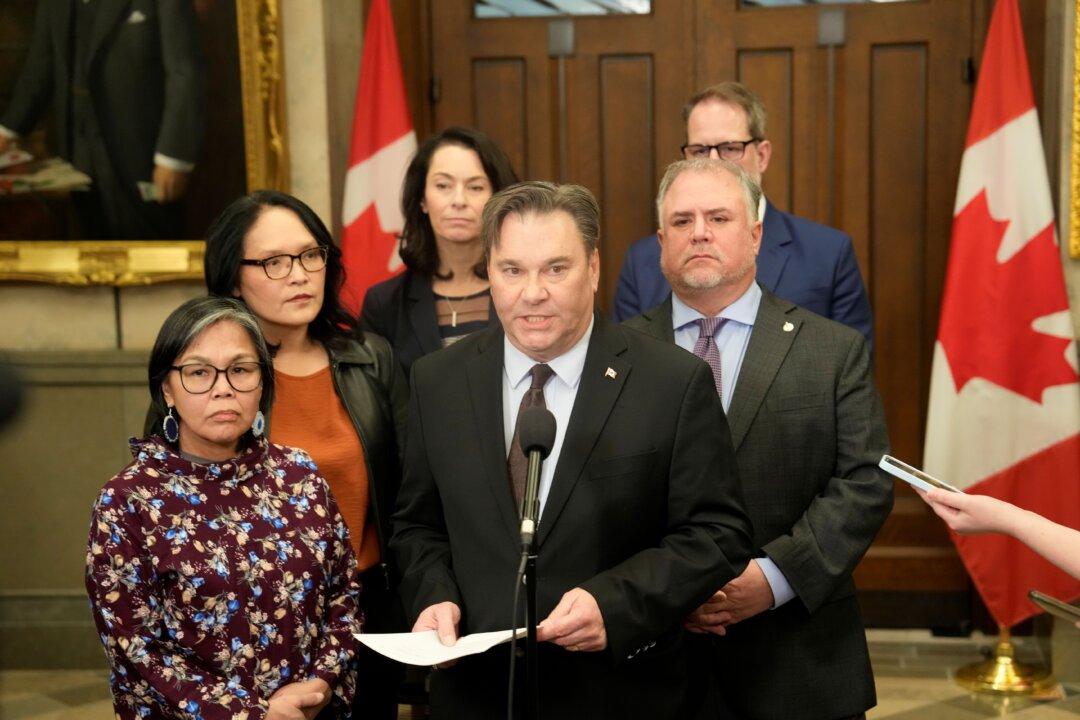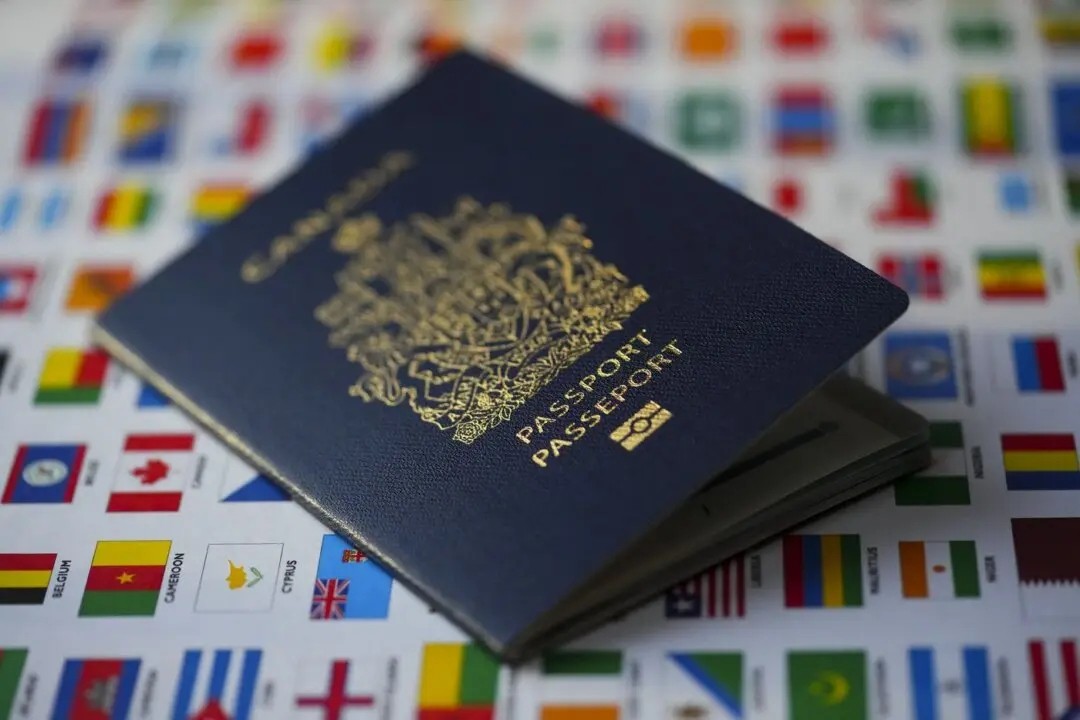An executive from Canada’s largest private sector union threatened to lead 1,000 autoworkers to brawl with protesters at the Ambassador Bridge in Windsor last winter, the Public Order Emergency Commission heard on Nov. 8.
“PLT [Provincial Liaison Team] update,” read a Feb. 11 note submitted as evidence before the commission. “President of autoworkers union looking at closing down a plant, claiming he has spoken to Premier. He will look to come Monday with 1,000 people to crack heads or bring heavy equipment & push them in river.”





